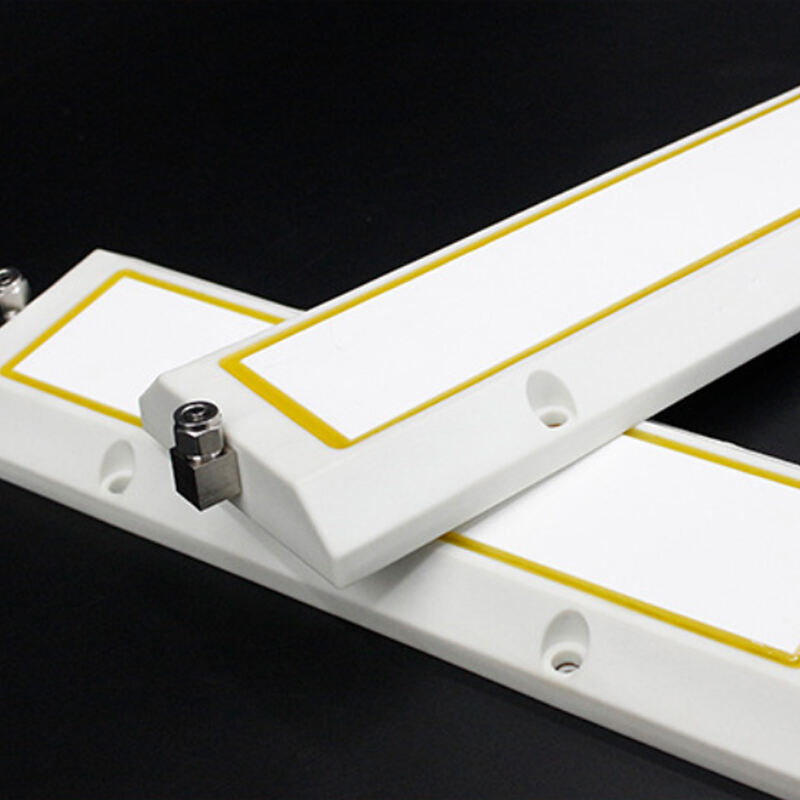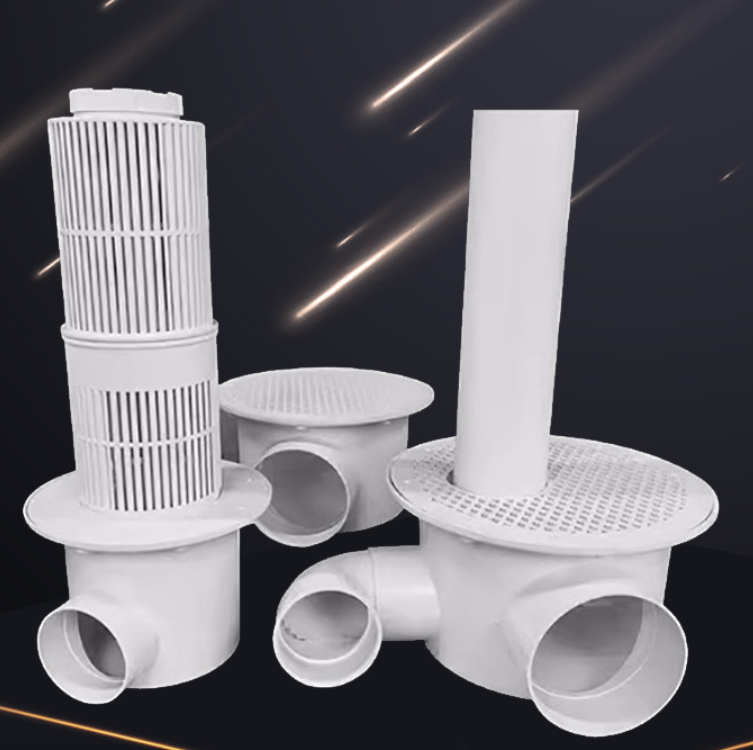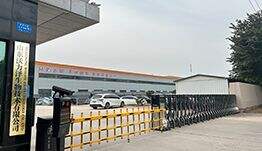What is the RAS system
RAS is a highly automated aquaculture model that circulates and reuses aquaculture water through physical, biological, and chemical means, achieving high-density and high-efficiency aquaculture. The core advantage of RAS lies in its ability to continuously provide a stable breeding environment, effectively reducing the impact of environmental changes on breeding organisms, thereby improving the success rate and yield of breeding.
The RAS (Recycling Aquaculture System) intelligent factory aquaculture system is an advanced aquaculture technology that achieves factory aquaculture of aquatic organisms by recycling water resources, purifying and treating wastewater, and efficiently utilizing biodegradable substances. This system has the characteristics of environmental protection, energy conservation, high efficiency, and significant economic benefits, which is in line with the concept of green and sustainable development.
The following are the main components and functions of a common RAS intelligent factory based circulating water aquaculture system:
Aquaculture pool: used for breeding aquatic organisms, usually circular or square, equipped with biological filters, water pumps, heating devices, and other equipment inside.
Biofilter: used to remove harmful substances such as ammonia, nitrogen, phosphorus, etc. from water, and through the decomposition of microorganisms, convert harmful substances into harmless substances.
Water pump: used to circulate the treated water to the aquaculture pond, ensuring the stability of water quality. At the same time, the water pump can also adjust the water flow speed to meet the needs of different aquaculture organisms.
Heating device: used to control the temperature of aquaculture water bodies and ensure the stability of the growth environment for aquatic organisms. The heating device can use electric heating tubes, solar energy, or other heating methods.
Water quality monitoring system: used to monitor parameters such as water quality, water temperature, dissolved oxygen, pH value, etc., providing a basis for aquaculture managers to ensure good water quality. The use of Octopus water quality detector for water quality testing is convenient, fast, and accurate.
Automatic control system: By integrating controllers, sensors, and actuators, automatic control of the entire RAS system is achieved. The automatic control system can automatically adjust the working status of water pumps, heating devices, biological filters, etc. according to the set parameters, ensuring the stable operation of the system.
Nutrition supply system: providing suitable feed and nutrients for aquatic organisms to ensure their growth and development. The nutrition supply system can automatically adjust the feed dosage and nutrient ratio based on the growth needs and feed composition of aquatic organisms.
Waste treatment system: used to collect and treat waste generated during the aquaculture process to prevent environmental pollution. The waste treatment system can use physical, chemical, and biological methods for treatment, such as sedimentation, biodegradation, membrane filtration, etc.
Greening facilities: Planting green plants around the RAS system to beautify the environment, improve air quality, and promote ecological balance.
Monitoring and alarm system: Real time monitoring of the operation status of the RAS system. If any abnormal situation is found, an alarm signal will be immediately issued to remind the breeding manager to handle it in a timely manner.

Recommended Products
Hot News
-
The Christmas discount has arrived
2024-12-26
-
Is it true that raising fish in high-density canvas fish ponds is more efficient than ordinary ponds?
2024-12-16
-
Advantages of galvanized canvas fish pond
2024-10-14
-
High-density fish farming technology, fish pond cost, canvas fish pond, canvas pond, high-density fish farming
2024-10-12
-
Why choose flowing water high-density aquaculture
2023-11-20























































